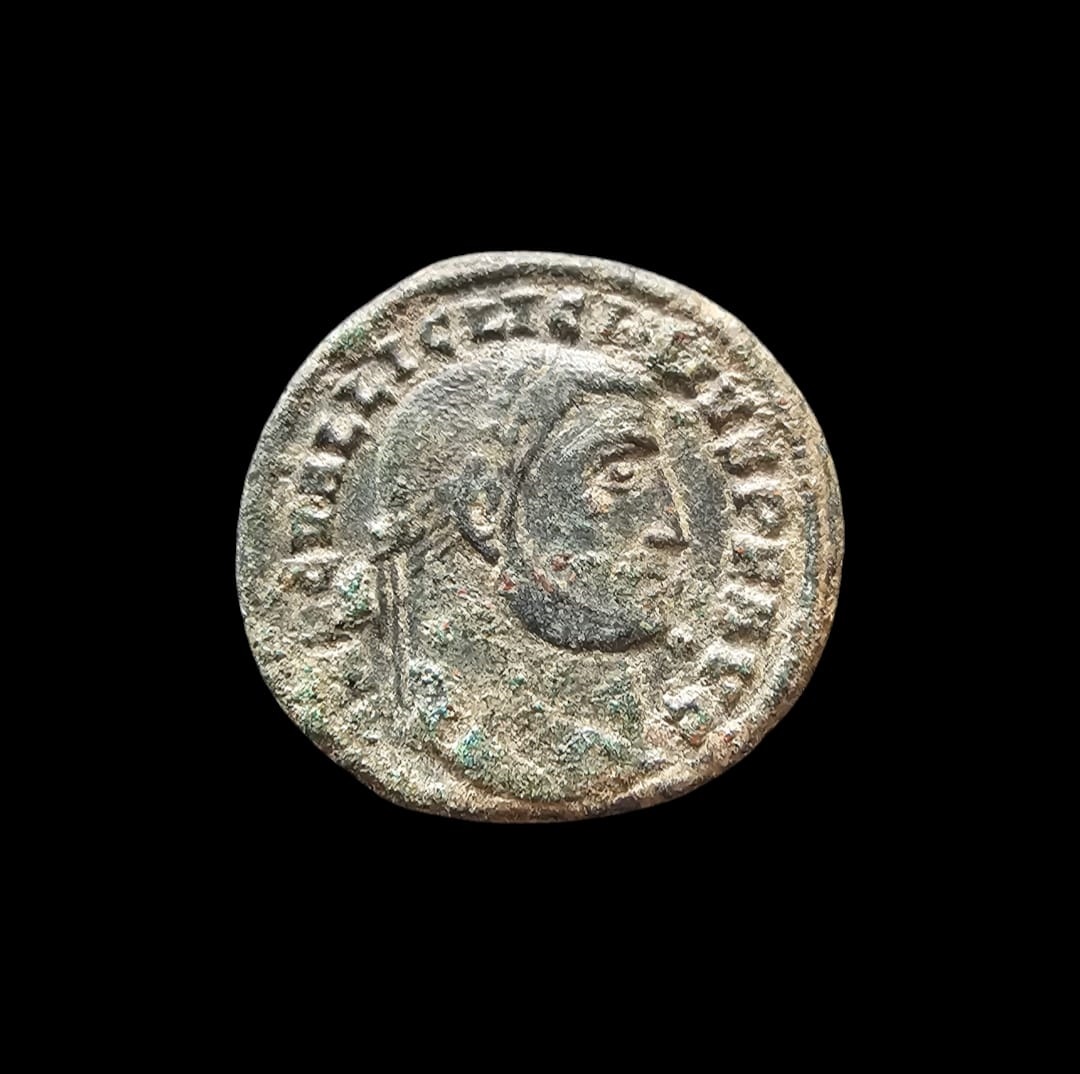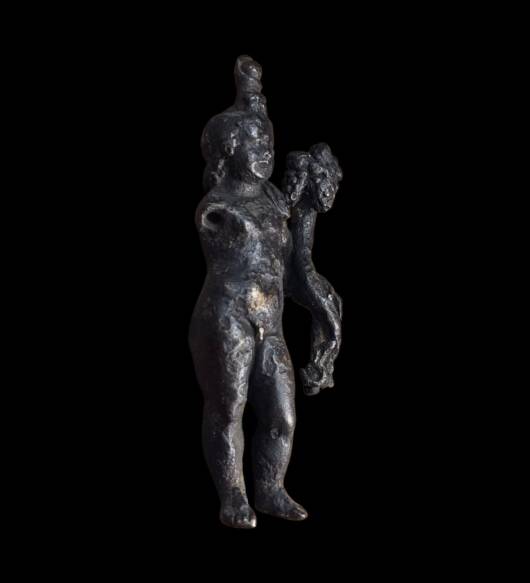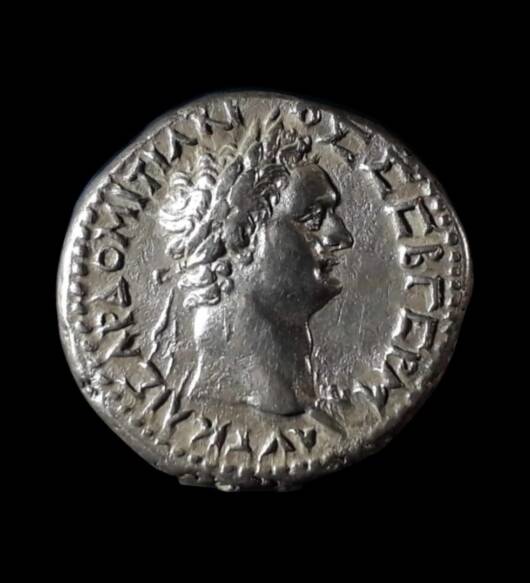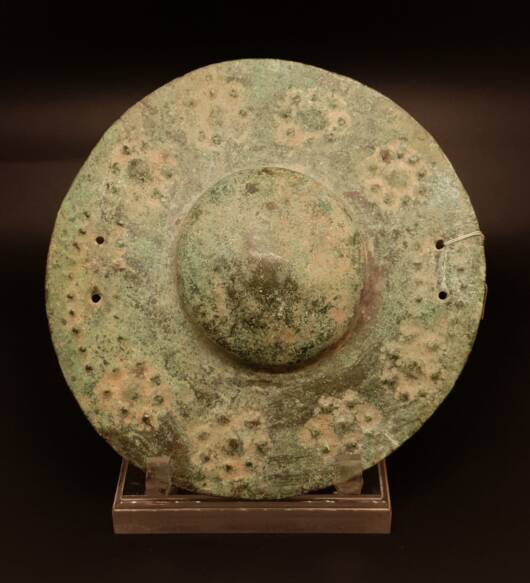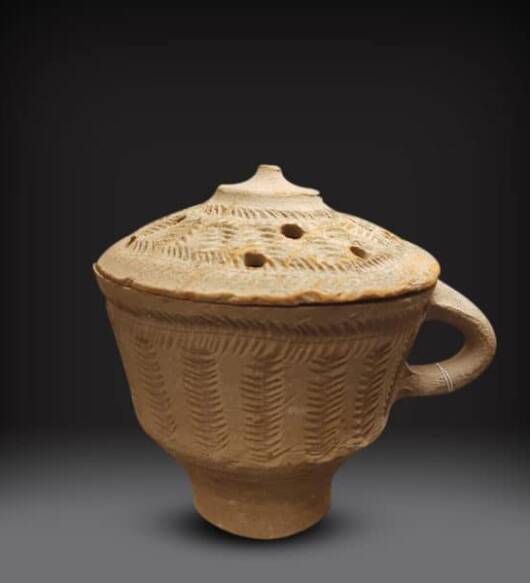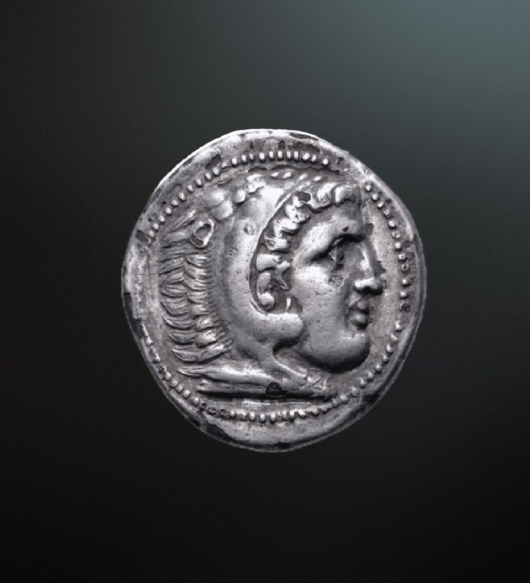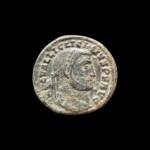Roman Licinius I Bronze coin
Description
Description
Roman Imperial
Licinius I AD 308-324. Alexandria
Follis Æ
25 mm, 7 g
Obv: IMP C VAL LIC LICINNIVS PF AVG, laureate head right
Rev:GENIO IMPERATORIS K-S/P/ALE, Genius standing left, holding patera and cornucopia.
Extremely Fine
RIC VI 105b.
Licinius, born around 265, rose to prominence as a Roman emperor from AD 308 to 324. Initially appointed by Diocletian as Augustus in the Western region to counter rivals Constantine I and Maxentius, Licinius later expanded his rule to the entire Eastern part of the empire after the death of Maximinus Daia in 313. Despite early successes and strategic alliances, Licinius faced challenges from Constantine, leading to a series of conflicts. Licinius, of modest origins, served as a Roman army officer and played a significant role in campaigns against the Sassanid Empire. Following Diocletian’s abdication, Licinius emerged as a key figure in the power struggles of the time. He was appointed Augustus of the West at the Carnuntum conference in 308 and focused initially on campaigns against external threats like the Sarmatians. Despite forming alliances through marriage and issuing the Edict of Milan in 313, granting religious tolerance, tensions with Constantine escalated. Licinius suffered defeats but managed to negotiate terms, retaining control over Eastern territories. However, Constantine declared war again in 324, leading to Licinius’ final defeat at the Battle of Chrysopolis. Captured and executed in 325, Licinius’ demise marked the end of his dynasty, solidifying Constantine’s reign.


